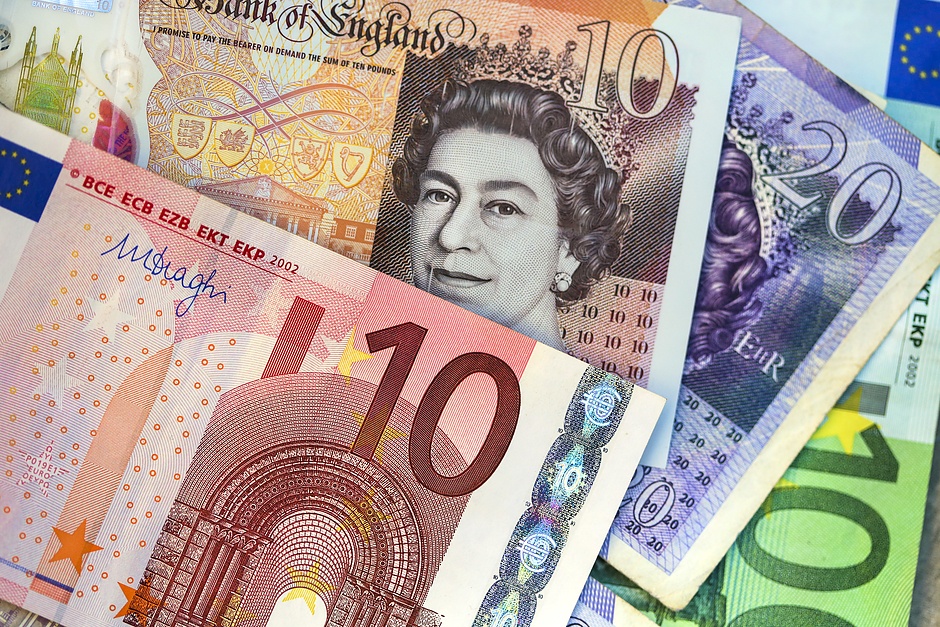EUR/GBP falls below 0.8400 due to rising likelihood of a rate cut by ECB
- EUR/GBP loses ground as lower inflation data in the Eurozone bolstered the likelihood of an ECB rate cut this month.
- Markets reflect a 95% probability of a 25 basis point rate cut by the European Central Bank in October.
- BoE DMP survey showed that one year ahead expected inflation by UK firms declined by an additional 0.1% in Q3.

EUR/GBP retraces its recent gains, trading around 0.8390 during the Asian session on Friday. This downside could be attributed to the lower inflation reading in the Eurozone increasing expectations of a rate cut by the European Central Bank (ECB) in October, which would mark the central bank's third reduction this year.
Earlier this week, the Harmonized Index of Consumer Prices dropped to 1.8% year-over-year in September, falling below the ECB’s 2% target and lowest since April 2021. Markets reflect a 95% probability of a 25 basis point rate cut this month.
However, the EUR/GBP cross gained ground following the dovish comments by Bank of England (BoE) Governor Andrew Bailey on Thursday. BoE Governor Bailey said the prospect of the central bank becoming a “bit more aggressive” in cutting interest rates as the development of inflation continued to be good. The Bank of England is widely expected to cut the policy rate by 25 bps at the November meeting.
The latest Bank of England Decision Maker Panel (DMP) survey, released on Thursday, indicated that "one-year ahead expected CPI inflation by UK firms declined by an additional 0.1% to 2.6% in the quarter to September." Expected year-ahead wage growth remained steady at 4.1% on a three-month moving average in September, while business uncertainty decreased over the same period.
Interest rates FAQs
Interest rates are charged by financial institutions on loans to borrowers and are paid as interest to savers and depositors. They are influenced by base lending rates, which are set by central banks in response to changes in the economy. Central banks normally have a mandate to ensure price stability, which in most cases means targeting a core inflation rate of around 2%. If inflation falls below target the central bank may cut base lending rates, with a view to stimulating lending and boosting the economy. If inflation rises substantially above 2% it normally results in the central bank raising base lending rates in an attempt to lower inflation.
Higher interest rates generally help strengthen a country’s currency as they make it a more attractive place for global investors to park their money.
Higher interest rates overall weigh on the price of Gold because they increase the opportunity cost of holding Gold instead of investing in an interest-bearing asset or placing cash in the bank. If interest rates are high that usually pushes up the price of the US Dollar (USD), and since Gold is priced in Dollars, this has the effect of lowering the price of Gold.
The Fed funds rate is the overnight rate at which US banks lend to each other. It is the oft-quoted headline rate set by the Federal Reserve at its FOMC meetings. It is set as a range, for example 4.75%-5.00%, though the upper limit (in that case 5.00%) is the quoted figure. Market expectations for future Fed funds rate are tracked by the CME FedWatch tool, which shapes how many financial markets behave in anticipation of future Federal Reserve monetary policy decisions.
Author

Akhtar Faruqui
FXStreet
Akhtar Faruqui is a Forex Analyst based in New Delhi, India. With a keen eye for market trends and a passion for dissecting complex financial dynamics, he is dedicated to delivering accurate and insightful Forex news and analysis.

















